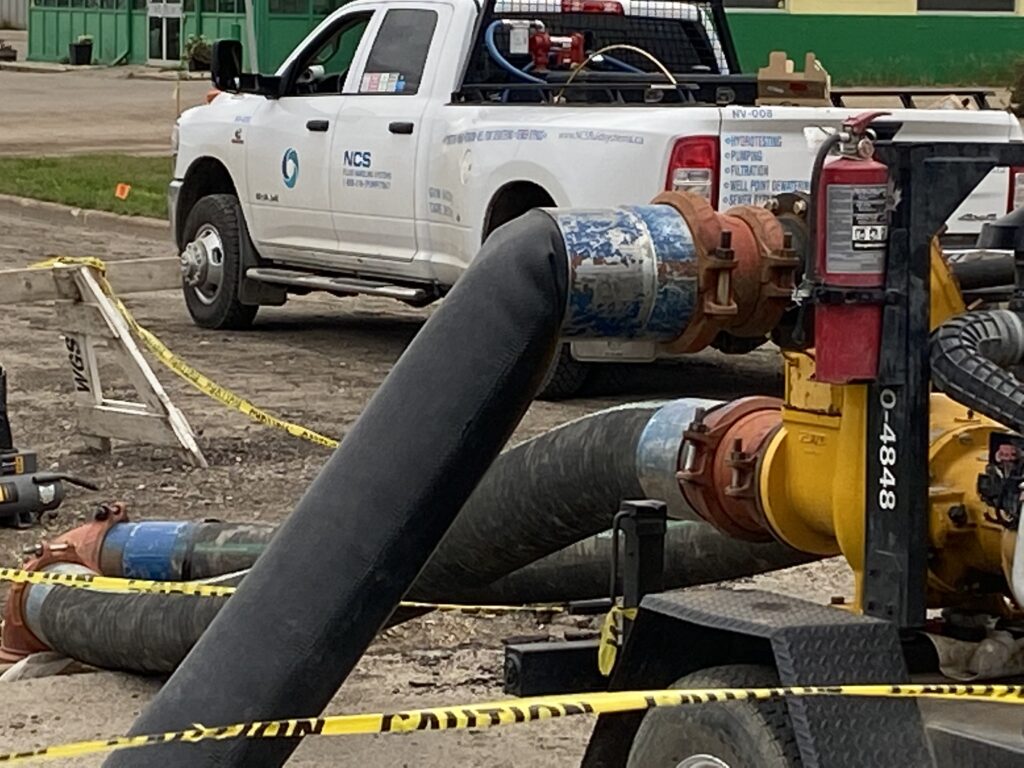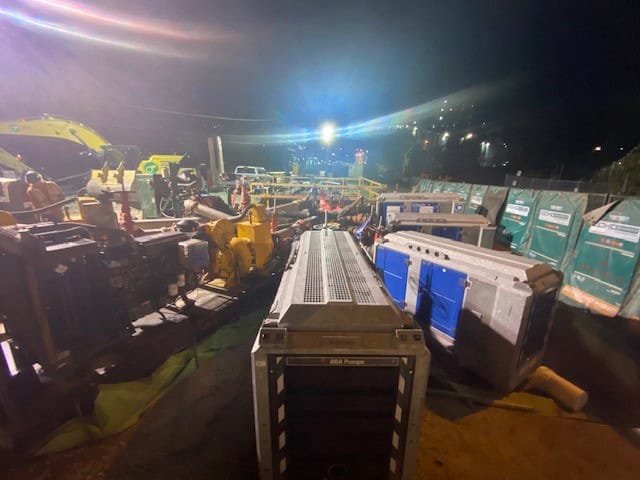1. Consult with local authorities to identify actual flows and potential bypass routes and piping requirements.








2. Work with the engineers at NCS Fluid Handling Systems to ensure the bypass is designed according to local regulations.
3. Work along side the skilled team at NCS fluid Handling Systems to determine the best location for the temporary bypass system’s pumping locations, including distances from manholes, suction lift and setbacks from existing structures.
4. Choose materials that are appropriate for the type of wastewater being transported and work with NCS Fluid Handling Systems team of engineers create a CAD based engineered bypass plan and study to create a detailed layout of the entire temporary bypass system design and safe work requirements.
5. NCS Fluid Handling Systems quality and safety reviews are integrated into our operational plans which include verification that all equipment meets operational requirements, safe work standards and is properly installed before beginning the preoperational testing phase.
6. Inspection of all components during each designed testing phase for proper operation, flow rates, and pressure levels are conducted as previously modeled in 3D CAD.
7. Contract the skilled professional technicians at NCS Fluid Handling Systems to provide added operational confidence for monitoring the various changing conditions that rain events or other system interaction can create. Monitor the performance of the bypass system on an ongoing basis to ensure its continued effectiveness avoiding wastewater backups and other events along sensitive areas along its route. Its simple contact NCS Fluid Handling Systems team early and often before you get to site
